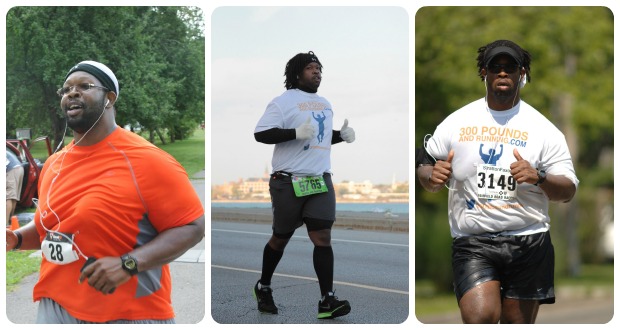
 As a little kid, Maria Solis Belizaire was a fiercely competitive runner. She’d blaze around the gym during PE. “I had to be first place,” she says. “Even when I wasn’t in school, my father and I would race around the track.”
As a little kid, Maria Solis Belizaire was a fiercely competitive runner. She’d blaze around the gym during PE. “I had to be first place,” she says. “Even when I wasn’t in school, my father and I would race around the track.”
But when she got into high school, she fell away from the sport, and she didn’t come back to it until she rediscovered running in 2013 at age 35 while living in New York. It felt good to be back. But this time finding a community wasn’t as easy as the bell ringing for gym class.
As she began training for her first marathon, starting with a couch-to-5K program, Solis went to runs organized by local running stores. “I remember they didn’t have pace groups for everyone, and I got left behind a few times,” she says. On one 10-mile run, Solis got lost. “It was the first time I was running in that part of the city,” she tells POPSUGAR.” I ended up finding my own way home, running a few miles by myself. I was a little disheartened.”
Despite these bad experiences, Solis loved the running club ethos: meeting new friends, exploring together, and ultimately forming a community. But she didn’t feel like the existing run clubs were her community. After Googling a phrase like “Latinx-centered running groups” with no luck, Solis decided to start one herself, alongside a few of her friends.
Now, she is the CEO and founder of the international organizations Latinos Run and Latinas Run, which she founded in 2016 and which has several run clubs across the US today. Similarly inclusive run clubs for Black, Indigenous, and People of Color (BIPOC) have popped up around the country, and are changing the culture of running for the better. However, coaches and club founders say there’s a lot more work to be done to make running — and run clubs — more diverse and inclusive.
Systemic Barriers to Running
Many people of color still don’t feel welcome, represented, or included in run clubs — and the issue is far bigger than the groups themselves.
“When I wanted to start running, the resources for me were close to zero,” says Martinus Evans, who founded the Slow AF Run Club and wrote a book of the same name.
Evans first embarked on his running journey in 2012 after a conversation with his doctor, who told him to essentially “lose weight or die.” After that, Evans tried to hire a couple of running coaches, but they didn’t want to take him on as a client. “They were like, ‘You need to lose more weight’ or ‘I don’t want to be responsible for you if you get injured,'” Martinus recalls. So he bought a bunch of running books and became a certified run coach. “It wasn’t because I love running and I wanted to train other people. It was like: I need to run and I want to run and no one will help me,” he tells POPSUGAR.
For people of color, this type of institutional oppression is typical. In fact, the barriers to entry with running — particularly distance running — start much earlier than adulthood. It starts in school, Evans points out. “All the little Black kids who are good at running are told to do track, and all the little white kids do cross country,” he says. One study in the International Journal of Exercise Science found that Black student-athletes were perceived to feel more welcome in track and field than in cross country, and another in Managing Sports and Leisure used data from middle school students to confirm the same results.
Leave a Reply